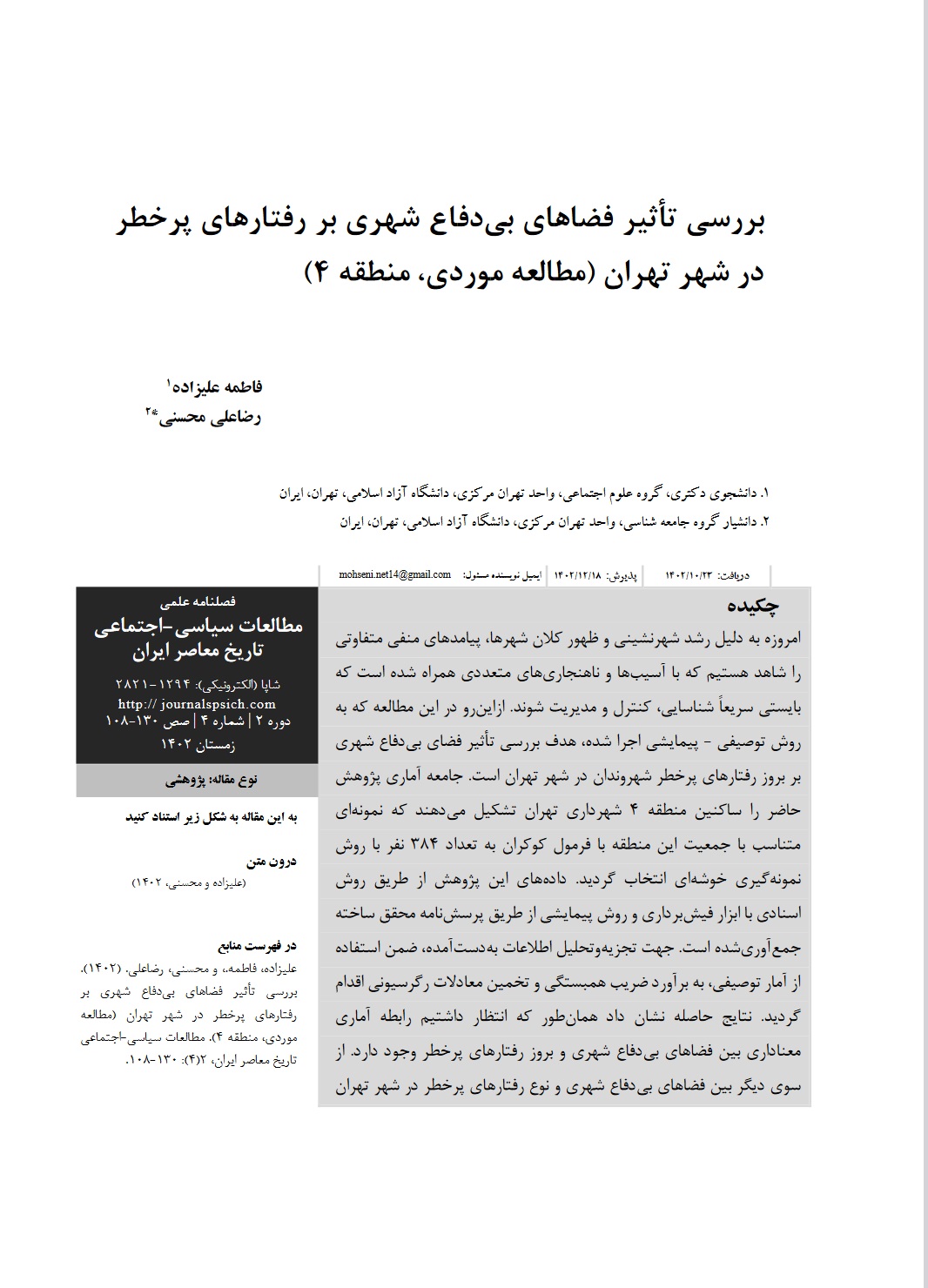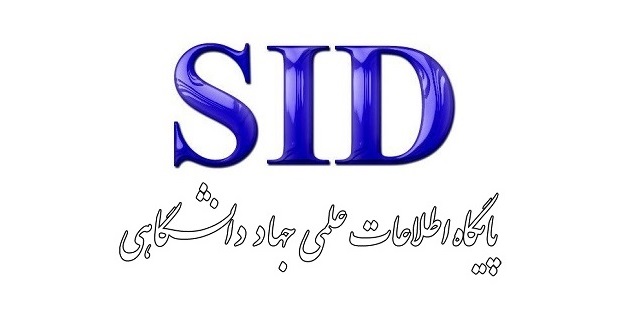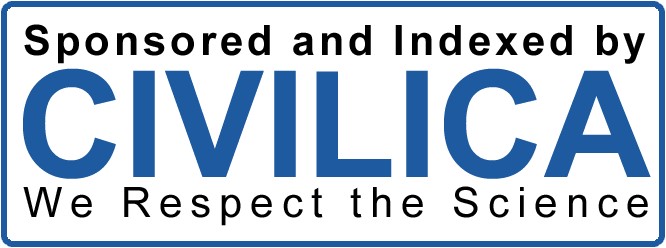Examining the Impact of Urban Vulnerable Spaces on Risky Behaviors in Tehran (Case Study, District 4)
Keywords:
Social control, Urban vulnerable spaces, Risky behavior, Social damagesAbstract
Today, due to urbanization growth and the emergence of megacities, we witness various negative consequences accompanied by multiple damages and anomalies that must be promptly identified, controlled, and managed. Therefore, this descriptive-survey study aims to examine the impact of urban vulnerable spaces on the occurrence of citizens' risky behaviors in Tehran. The study population consists of residents of District 4 of Tehran Municipality, from which a sample of 384 people was selected using a cluster sampling method based on Cochran's formula. Data for this research were collected through document analysis using note-taking tools and a survey method via a researcher-made questionnaire. For data analysis, descriptive statistics were utilized, and correlation coefficients and regression equations were estimated. The results confirmed our expectation of a significant statistical relationship between urban vulnerable spaces and the occurrence of risky behaviors. Furthermore, a significant statistical relationship exists between urban vulnerable spaces and the types of risky behaviors in Tehran, each of which should be controlled and managed with appropriate scientific methods.
Downloads







